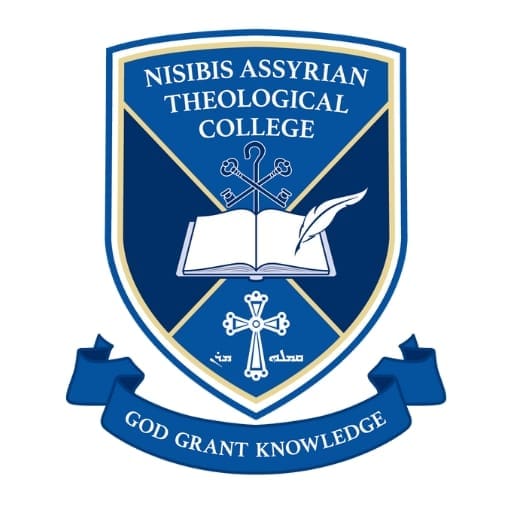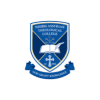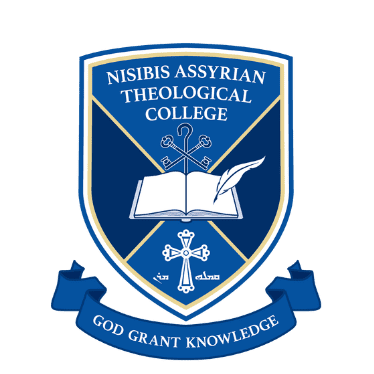Unit code L9220
Unit name Hymnology of the Church
Unit weighting 9 cp
Prerequisites 9 cp in Theology (approved by Professor Gerard Moore, AUCD discipline coordinator, 16 July 2025)
Exclusions L7221 Eastern Christian Hymnology
Curriculum objective This unit introduces students to the theology and liturgical practices of hymnody. It investigates the historical development of hymnology: biblical and early Christian origins, Patristic commentary on the ethos and theology of hymnody, poetical forms, musical systems and the interplay of words and music.
Learning outcomes At the end of this unit students will be able to:
- demonstrate specialist knowledge of one area within the history of hymnody.
- demonstrate an analytical use of hymnological concepts in source texts.
- critically evaluate hymns in terms of theological content, poetical form and musical structure
- investigate the socio-cultural function of hymns in a specific liturgical practice setting
- display an interpretive appreciation of the beauty and aesthetics of hymnology
Content
- The historical sources and development of hymnology.
- Theology of music and worship in the Church.
- Patristic commentary on the ethos and theology of hymnology
- Poetical and musical forms: including antiphones, uninta, madrashta, tezhbukhta (or their equivalent depending on the ecclesial setting being studied through audio/visual materials or fieldwork).
- Musical sounds and modal systems (through audio/visual materials and musical scores)
- Logos and melos: the interplay of words and music
- The development of musical styles in the liturgical performance (through audio/visual materials and fieldwork)
- Liturgy and affect: social and aesthetic function of the liturgical music in worship (through material collected during fieldwork)
Assessment profile In this unit, the required assessment tasks will enable students to demonstrate how successfully they can
- Engage critically with primary and secondary sources through preparation of written/oral reports [Outcomes 1, 2, 3]
- Identify and analyse the hymnological, poetic, and/or musical aspects of a body of hymnal text trough individual presentation and/or oral reports and written essays [Outcomes 2, 3, 5]
- Interpret and communicate the key concepts and ideas conveyed by selections of hymnology through individual presentation and/or written essay [Outcomes 3, 4, 5]


